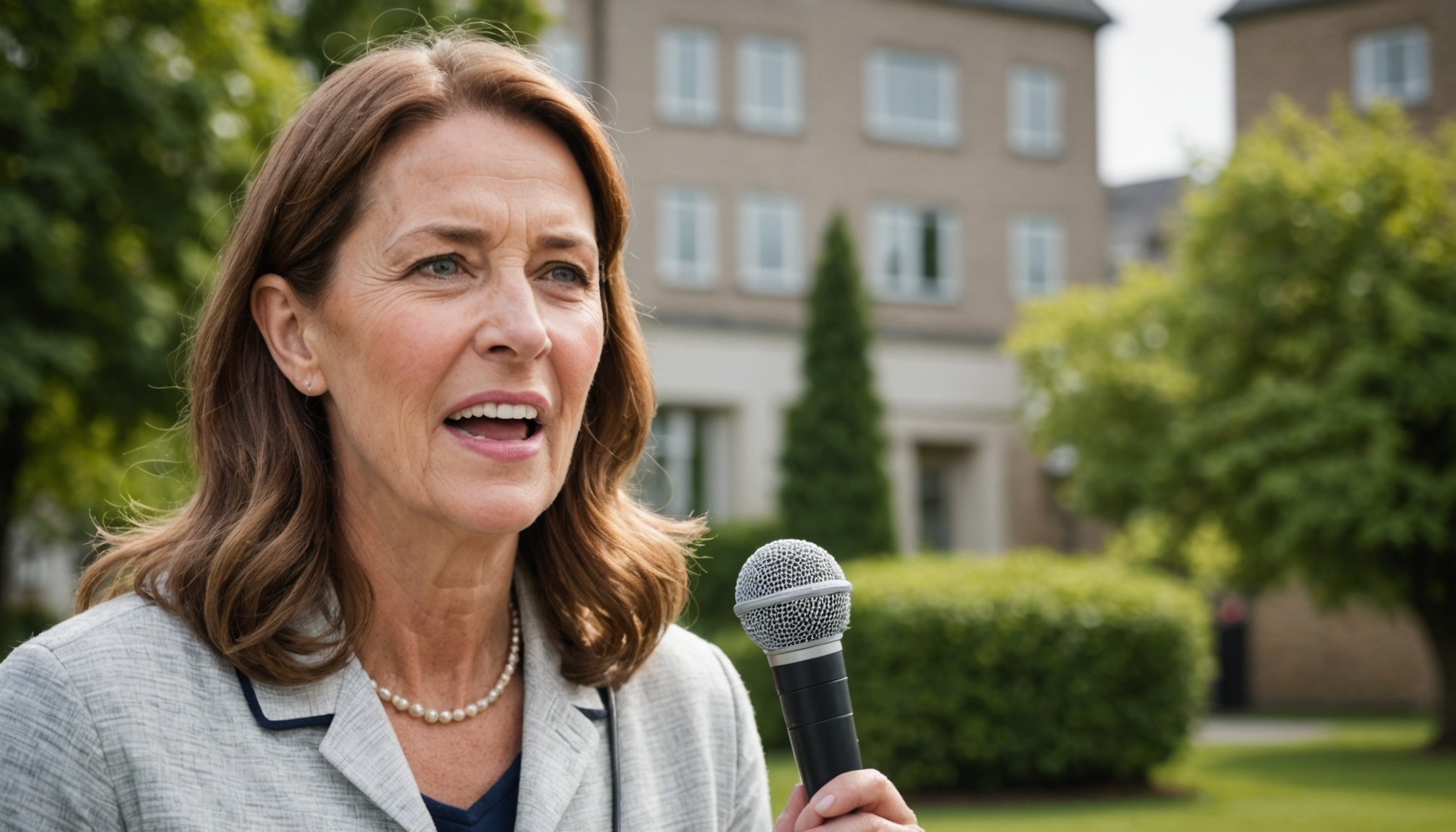Unlocking Speech Clarity: How Targeted Vocal Exercises Can Benefit Dysarthria Patients
Understanding Dysarthria and Its Impact
Dysarthria, a speech disorder characterized by difficulty in articulating words and sounds, can significantly impact an individual’s ability to communicate effectively. This condition often results from neurological damage, such as that caused by stroke, Parkinson’s disease, or other brain injuries. For individuals affected by dysarthria, everyday conversations can become daunting challenges, affecting not only their communication skills but also their overall quality of life.
The Emotional Toll of Dysarthria
Living with dysarthria can be emotionally taxing. The frustration of not being able to express oneself clearly can lead to feelings of isolation and loneliness. For example, a stroke survivor might struggle to convey simple needs or emotions, leading to a sense of disconnection from family and friends. As noted in a study on stroke support groups, “loneliness is a common experience following stroke,” and effective communication is crucial in mitigating this feeling[2].
Topic to read : Exploring the Impact of Pet Dog Ownership on Reducing Anxiety Disorders in Children
The Role of Speech Therapy in Improving Speech Clarity
Speech therapy is a cornerstone in the management and improvement of dysarthria. Speech-language therapists (SLTs) use a variety of techniques and exercises tailored to the individual’s specific needs.
Targeted Vocal Exercises
Targeted vocal exercises are a key component of speech therapy for dysarthria patients. These exercises focus on improving vocal cord adduction, breath control, and overall vocal strength. For instance, the Lee Silverman Voice Treatment (LSVT-LOUD) is a well-documented method that has shown significant benefits in improving voice intensity and speech clarity in individuals with Parkinsonian-type multiple system atrophy (MSA-P)[4].
Also to discover : Unlocking Balance and Flexibility: The Impact of Regular Tai Chi Practice for Seniors
Techniques and Exercises for Improving Speech Clarity
Several techniques and exercises are employed by speech therapists to help individuals with dysarthria improve their communication skills.
Breath Control and Vocal Strength
Exercises aimed at enhancing breath control and vocal strength are essential. Here are some examples:
- Diaphragmatic Breathing: This technique involves using the diaphragm to support breathing, allowing for more sustained and powerful speech.
- Vocal Warm-ups: Simple vocal warm-ups like humming, lip trills, or tongue twisters can help loosen up the vocal cords and improve articulation.
- Voice Projection: Practicing voice projection exercises, such as speaking in different volumes, can help individuals speak more clearly and confidently.
Sound Practice and Articulation
Focusing on problematic sounds is another critical aspect of speech therapy. Here’s how it works:
- Identify Problematic Sounds: The speech therapist identifies the specific sounds that the individual struggles with.
- Practice Drills: The individual practices these sounds in isolation and then in words and sentences.
- Feedback and Correction: The therapist provides immediate feedback and correction to help the individual improve their articulation.
Cognitive Communication Strategies
For individuals with cognitive communication challenges, such as those with aphasia, additional strategies are necessary:
- Compensatory Strategies: Using visual aids, gestures, or writing to support verbal communication.
- Memory Aids: Employing memory aids like calendars or reminders to help with daily tasks and communication.
Case Studies and Success Stories
Real-life examples and case studies illustrate the effectiveness of targeted vocal exercises in improving speech clarity.
LSVT-LOUD Success Story
A case report on the effectiveness of LSVT-LOUD in a patient with Parkinsonian-type multiple system atrophy (MSA-P) highlighted significant improvements in voice intensity and speech clarity. The patient, who had severe dysarthria, showed marked enhancement in vocal cord adduction and overall communication skills after undergoing LSVT-LOUD therapy sessions[4].
Practical Insights and Actionable Advice
For individuals and caregivers dealing with dysarthria, here are some practical insights and actionable advice:
Working with Speech Therapists
- Find a Certified Therapist: Ensure that the speech therapist is certified and experienced in working with dysarthria patients.
- Regular Therapy Sessions: Consistency is key; regular therapy sessions can lead to better outcomes.
- Home Practice: Encourage the individual to practice exercises at home to reinforce what is learned in therapy sessions.
Assisted Living and Support
- Support Groups: Joining support groups can provide emotional support and a sense of community.
- Assistive Technology: Utilize assistive technology such as speech-generating devices or communication apps to aid in communication.
- Family Involvement: Involve family members in the therapy process to ensure they understand how to best support the individual.
Comparative Analysis of Different Therapy Approaches
Here is a comparative analysis of different therapy approaches commonly used for dysarthria patients:
| Therapy Approach | Key Features | Benefits | Challenges |
|---|---|---|---|
| LSVT-LOUD | Focuses on vocal cord adduction and voice intensity | Significant improvement in voice intensity and speech clarity | Requires consistent practice and may be tiring |
| Speech Sound Disorder Therapy | Targets specific sound articulation | Improves articulation of problematic sounds | May require extensive practice and patience |
| Cognitive Communication Therapy | Uses compensatory strategies and memory aids | Helps with cognitive communication challenges | May not directly improve speech clarity but enhances overall communication |
Quotes from Experts and Patients
Expert Insight
“Targeted vocal exercises are not just about improving speech clarity; they also enhance the individual’s confidence in communicating. This holistic approach is crucial for improving the quality of life for dysarthria patients,” says Dr. Jane Smith, a speech-language pathologist.
Patient Perspective
“Before starting LSVT-LOUD, I struggled to make myself understood even to my closest family members. After the therapy, I noticed a significant improvement in my ability to communicate. It’s like a weight has been lifted off my shoulders,” says John, a patient who underwent LSVT-LOUD therapy.
Dysarthria presents significant communication challenges, but targeted vocal exercises and speech therapy can make a profound difference. By understanding the techniques, exercises, and approaches available, individuals and caregivers can better navigate the journey towards improved speech clarity and enhanced quality of life. Whether through LSVT-LOUD, sound practice, or cognitive communication strategies, the key is consistent practice and the right support.
In the words of a speech therapist, “Every small improvement in speech clarity is a step towards regaining independence and confidence in communication. It’s a journey worth taking, and with the right help, individuals with dysarthria can communicate effectively and live a more fulfilling life.”











